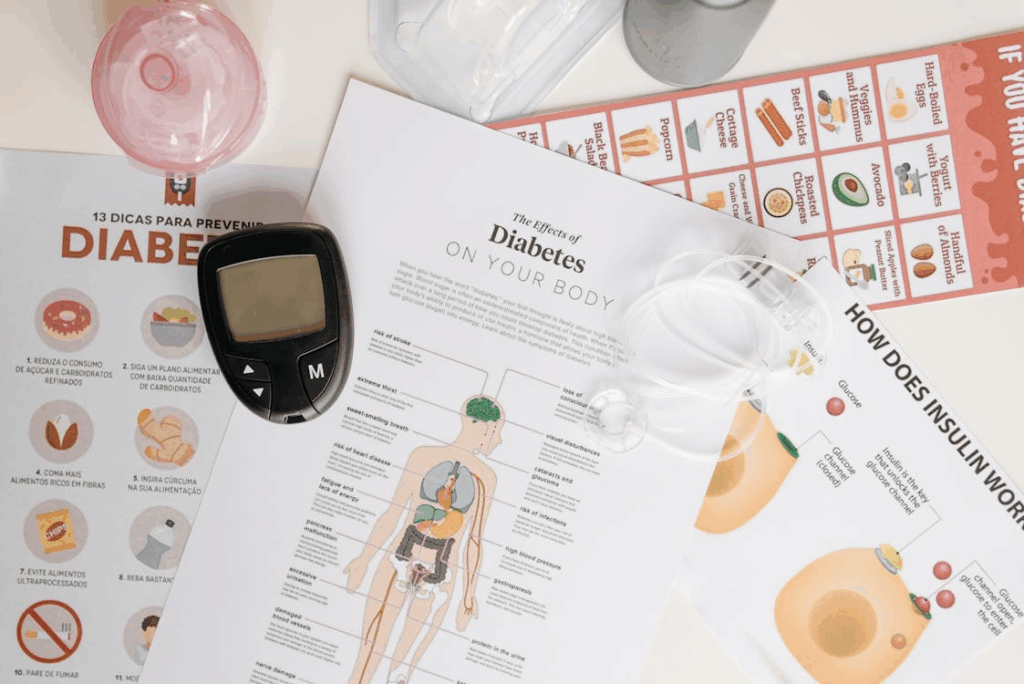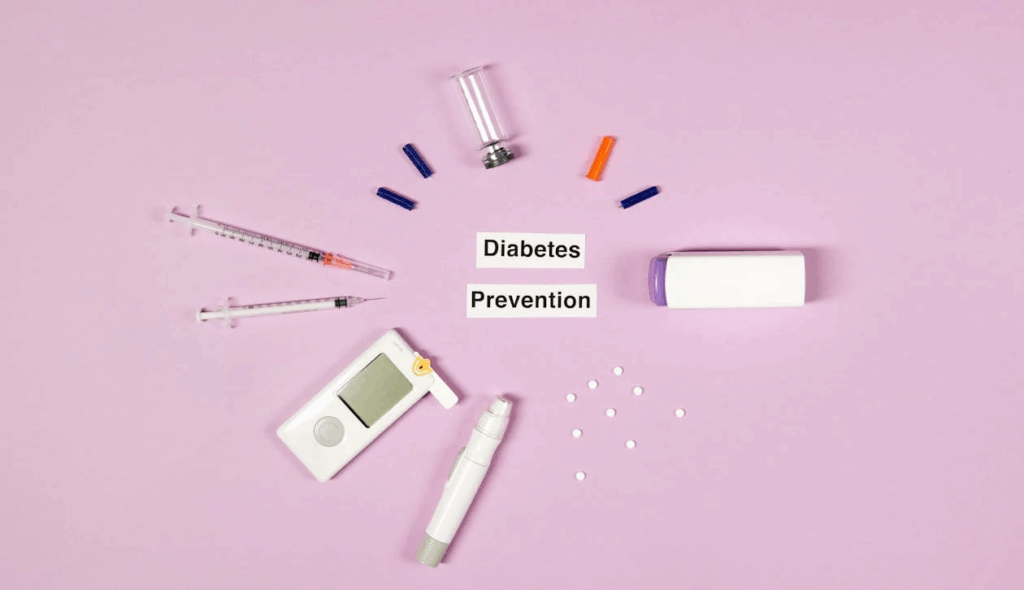In April 2025, the International Diabetes Federation (IDF) officially recognized a new form called type 5 diabetes. At the International Diabetes Federation (IDF) World Diabetes Congress 2025 held in Bangkok, Thailand, IDF President Professor Peter Schwarz announced the formation of a new working group dedicated to type 5 diabetes, a form of diabetes linked to malnutrition.
This group, established following an expert consensus meeting in India earlier this year, will focus on developing formal diagnostic criteria and therapeutic guidelines for this distinct diabetes type. In addition, the working group will create a global research registry to collect data on type 5 diabetes cases and design educational modules to train healthcare professionals globally.
What is Type-5 diabetes

Diabetes is a chronic condition that affects the body’s ability to regulate blood sugar levels, traditionally classified into two main types. Type 1, which results from autoimmune destruction of insulin-producing cells, and type 2, characterized by insulin resistance or deficiency. Type 5 diabetes is a malnutrition-related variant that has now been classified as a distinct type of diabetes. Due to long-term malnutrition, type 5 diabetes is believed to stem from impaired pancreatic development.
The first cases date back to 1955 and were observed in Jamaica amongst malnourished teenagers. Initially known as “malnutrition-related diabetes,” the condition was briefly classified by the World Health Organization (WHO) in 1985. It was removed from official classifications in 1999 due to a lack of conclusive evidence. Evidence was inconclusive in linking malnutrition directly to diabetes development.
Type 5 diabetes is fundamentally distinct from type 1 and type 2 diabetes in its mechanisms and affected populations. It arises primarily from a severe lack of nutrition during crucial periods of childhood or adolescence, which impairs pancreatic development and the body’s capacity to produce insulin.
Type 1 diabetes stems from autoimmune destruction of insulin-producing cells. While type 2 diabetes is marked by the body’s inability to use insulin effectively. Type 5 diabetes results from a deficiency in insulin secretion due to malnutrition-related damage.
This condition primarily affects young men, often teenagers and young adults, living in low and middle-income countries (LMICs) where food insecurity is prolific. These individuals typically have a body mass index (BMI) below 19 and do not exhibit the insulin resistance or obesity commonly associated with type 2 diabetes.
Read More: Type 2 Diabetes Reversal Is Possible — And It Can Happen Faster Than You Think
Vulnerable populations

Experts estimate that between 20 to 25 million people globally, primarily in regions such as Africa and Asia, suffer from this type of diabetes. The official recognition of type 5 diabetes carries significant implications for both patients and researchers. For patients, accurate diagnosis is crucial because misclassification as type 1 diabetes can lead to dangerous overuse of insulin, which may cause severe hypoglycemia or death. With type 5 diabetes now identified as a separate condition, medical providers can adopt safer, more effective treatment strategies, often involving oral medications rather than high-dose insulin injections.
Studies and Research

Modern research efforts, led by endocrinologist Dr. Meredith Hawkins, have revived interest in this condition. In her 2022 study involving 73 Indian men, Dr. Meredith Hawkins demonstrated that pancreatic beta cell dysfunction causes severe insulin deficiency in type 5 diabetes rather than insulin resistance, overturning long-held assumptions and prompting the IDF to formally recognize the condition in 2025.
The metabolic profile of type 5 diabetes patients shows low visceral fat and reduced liver fat accumulation, which contrasts sharply with the typical presentation of type 2 diabetes. Genetic factors may also contribute, with mutations in genes such as TCF2 or HNF1B increasing susceptibility to this form of diabetes.
Implications of Recognising Type 5 Diabetes

For the research community and global health policymakers, the IDF’s establishment of a dedicated working group co-chaired by Dr. Hawkins and Dr. Nihal Thomas signifies a major step forward. The group will develop formal diagnostic criteria and therapeutic guidelines by 2027, create a global patient registry to monitor cases and outcomes, and prioritize affordable treatment options suitable for resource-limited settings where type 5 diabetes is most prevalent.
Dr. Hawkins highlights that this recognition is not only a scientific advancement but also a matter of equity, addressing a condition that has affected millions of vulnerable individuals worldwide yet remained largely invisible in Western medical literature.
Conclusion

The classification of type 5 diabetes represents a paradigm shift in how the global health community approaches diabetes care. By clearly distinguishing type 5 diabetes from type 1 and type 2, researchers can now focus on unraveling its unique biological mechanisms, and healthcare providers can offer patients care tailored to their specific needs and circumstances.
Renewed research, targeted treatment development, and increased awareness now give hope to the estimated 20 to 25 million people affected by type 5 diabetes globally, especially in Asia and Africa, where healthcare providers have long underserved them. This milestone marks the beginning of a new chapter in diabetes care that promises improved outcomes and greater health equity. This is crucial for some of the world’s most vulnerable populations.
Read More: Is It Possible to Have Diabetes Without Realizing? Key Symptoms to Watch For

